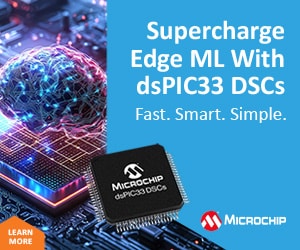What if diagnosing infections or analyzing air quality took minutes instead of days? AI-powered microscopy technology could change how industries handle testing.

Honeywell has introduced Digital Holographic Microscopy, a new technology that uses AI to count and classify tiny particles or cells. This innovation could benefit industries where quick analysis and streamlined operations are essential.
In healthcare, Digital Holographic Microscopy can help speed up treatment for patients undergoing at-home peritoneal dialysis. These patients are at risk of abdominal lining infections, but diagnosing these infections currently takes 1-2 days due to the need for specialized lab equipment. During this time, their condition can worsen without timely treatment.
To address this, Digital Holographic Microscopy captures images of a patient’s dialysis fluid at the point of care using a portable device with a laser, image sensor, and disposable microscope slide. AI algorithms then analyze these images to detect infection-related white blood cell counts, allowing for faster and more effective treatment.
Beyond healthcare, this technology can be applied in environmental monitoring, analyzing air pollutants to improve indoor air quality. It can also detect cells and other organisms in liquid samples to ensure quality and safety.
“We are seeing a growing need for solutions that can provide results that are both rapid and precise, empowering healthcare professionals to make informed decisions quickly,” said Sarah Martin, president of Honeywell Sensing Solutions. “We have invested in innovations like Digital Holographic Microscopy because of their power to make testing and analysis more accessible to patients while also improving patient care and efficiency across our healthcare system.”
Digital Holographic Microscopy captures high-resolution images without relying on the expensive lenses and opto-mechanical systems of traditional microscopes. Instead, it uses light passing through a sample to create unfocused hologram images, which are then processed by computational algorithms for analysis.
This technology offers key advantages over conventional microscopy. Its simple, portable design enables testing at the point of use, eliminating the need to send samples to a lab. Machine learning algorithms differentiate between cell types without requiring staining, streamlining biological sample preparation. Additionally, it can replace or complement traditional sample analysis, delivering faster results with a more efficient workflow.








